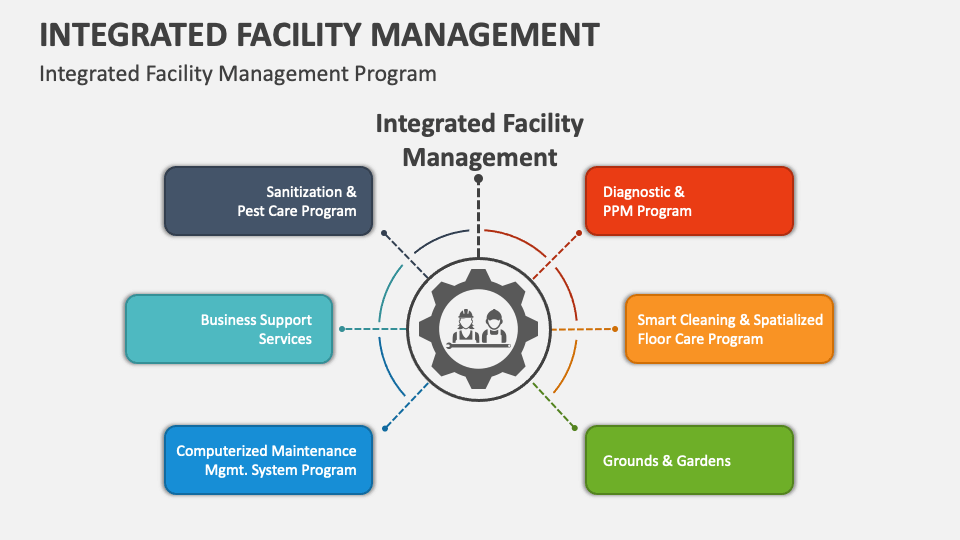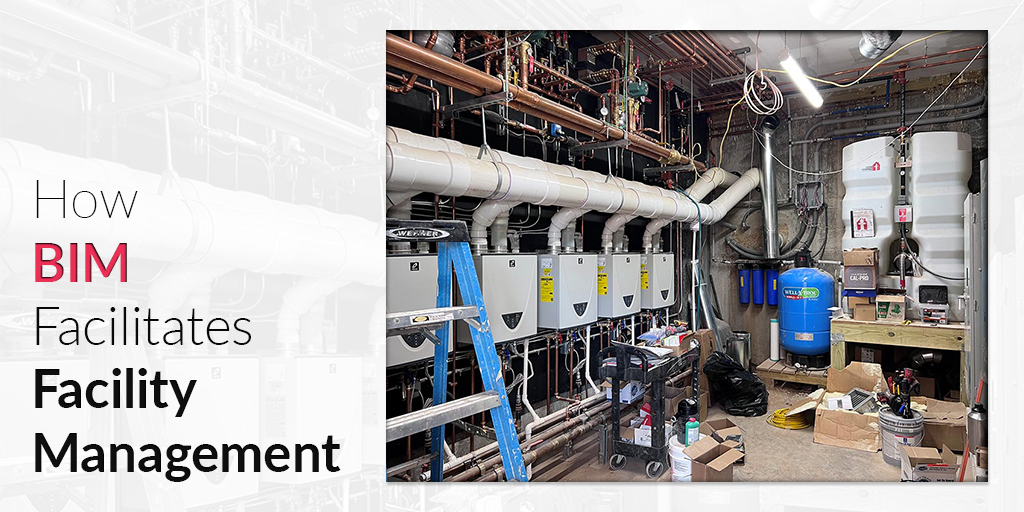Facility Management Trends That Are Shaping the Future of Office Characteristics
Facility Management Trends That Are Shaping the Future of Office Characteristics
Blog Article
The Necessary Overview to Facility Management: Strategies for Success
Center monitoring plays a crucial duty in the overall success of a company, functioning as the backbone that supports security, productivity, and performance. By using calculated methods such as incorporated technical solutions and cultivating cross-departmental cooperation, organizations can significantly boost their operational structures. However, the subtleties of reliable facility monitoring prolong past simple logistics and require a detailed understanding of both qualitative and quantitative metrics. As we check out these essential methods, a closer examination exposes how they can transform not simply facilities, however the actual culture within an organization itself. What might these makeovers appear like in technique?
Comprehending Facility Management
What makes up effective center monitoring? Reliable center management encompasses the coordination of different business features to make sure that constructed settings are secure, reliable, and helpful to productivity. Facility Management. It integrates the concepts of design, organization, and style administration to create a seamless functional circulation within a company
Crucial element of facility management consist of room preparation, maintenance management, and conformity with health and wellness policies. Space planning concentrates on enhancing using physical sources to support organizational objectives, while upkeep administration guarantees that facilities are maintained in optimal problem, maximizing life-span and minimizing operational prices. Conformity with governing and legal standards is critical, as it safeguards the organization against possible obligations and enhances its track record.
Additionally, effective center management relies upon the calculated use modern technology, such as Building Monitoring Solution (BMS) and Computer-Aided Center Administration (CAFM) devices. These innovations facilitate real-time surveillance of building systems and simplify maintenance procedures. Ultimately, a thorough method to center monitoring not just promotes operational performance but additionally fosters a favorable environment for workers and visitors alike, driving overall business success.
Key Methods for Optimization
Optimizing facility administration requires a calculated approach that lines up functional experiment organizational purposes. To achieve this, the very first vital strategy is the application of incorporated technological services. Using advanced software application systems enables real-time monitoring of facility procedures, promoting data-driven decision-making and improving general performance.
Second of all, regular assessments of center efficiency are essential. Conducting routine assessments and audits makes it possible for facility managers to identify areas that need enhancement, making certain that resources are allocated efficiently. This positive technique aids in decreasing downtime and enhancing solution delivery.
Another crucial technique is promoting partnership across departments. By motivating open interaction between teams, facility managers can better align their strategies with business goals, leading to improved operational harmony. Additionally, involving staff in training programs advertises a society of liability and boosts their capacity to add to optimization efforts.
Enhancing Security Protocols
Strengthening safety methods is essential for developing a safe and secure setting within centers. An extensive security method not only secures visitors and staff members yet likewise improves operational performance. To accomplish this, facility managers have to carry out regular risk analyses to make sure and identify possible dangers that suitable actions remain in place.
Educating and education are essential parts of more info effective safety methods - Facility Management. Workers should obtain continuous training in emergency situation procedures, equipment handling, and individual protective procedures. Regular drills, such as fire discharges or lockdown treatments, foster knowledge and readiness among team
In addition, clear interaction networks have to be established to report safety and security concerns without delay. This includes developing an obtainable system for staff members to voice possible hazards or occurrences without fear of . Leveraging technology can improve safety and security measures; for example, carrying out surveillance systems and access controls helps keep an eye on center activities and restrict unauthorized entrance.
Last but not least, compliance with local guidelines and sector criteria is non-negotiable. click here Regular audits and reviews of security methods make sure positioning with existing laws and best methods. By focusing on these approaches, center managers can cultivate a culture of security that secures all stakeholders and inevitably adds to the company's success.
Improving Office Setting

Ergonomic factors to consider are necessary to decrease physical pressure and pain. Facility Management. This includes supplying flexible furniture, proper lighting, and adequate space for activity. These adjustments can cause lowered get more info absence and boosted task complete satisfaction
Aesthetic appeals play an important role fit the office ambience. Using color psychology, natural lights, and plant can promote a boosting and welcoming environment. Attentively created areas can boost imagination and enhance general wellness.
Moreover, urging worker engagement through comprehensive decision-making procedures can boost the feeling of ownership and belonging. Collecting comments on workplace renovations and including employees in the layout process can bring about a much more tailored atmosphere that meets their demands.
Finally, advertising wellness initiatives, such as health cares and relaxation areas, can further add to a supportive office culture. By concentrating on these strategies, facility supervisors can effectively enhance the workplace setting, driving both employee contentment and organizational success.
Gauging Success in Facilities
Measuring success in center management needs a comprehensive technique that evaluates both measurable and qualitative metrics. Quantitative metrics commonly include crucial performance signs (KPIs) such as room utilization prices, power consumption, maintenance prices, and occupancy levels. These metrics supply a clear picture of operational performance and monetary performance, permitting center managers to determine locations for improvement and benchmark versus sector standards.
Qualitative metrics, on the other hand, concentrate on customer contentment and employee interaction. Studies and responses devices can evaluate just how well the facilities satisfy the demands of residents, assisting to examine the total office environment. This aspect is important, as a completely satisfied labor force is often linked to enhanced efficiency and retention rates.
To successfully gauge success, center supervisors need to additionally consider integrating technology, such as building management systems and data analytics tools, to collect and analyze relevant data. Routinely evaluating both collections of metrics enables a more balanced sight of efficiency and educates critical choices. Eventually, a successful facility management strategy depends upon a dedication to continual renovation, making sure that both functional effectiveness and user satisfaction are prioritized.
Verdict

Facility administration plays a crucial function in the total success of an organization, offering as the foundation that supports security, performance, and productivity.Secret components of center management include area planning, upkeep monitoring, and conformity with health and safety policies.Moreover, reliable center monitoring relies on the strategic use of innovation, such as Building Monitoring Systems (BMS) and Computer-Aided Facility Administration (CAFM) tools. Eventually, a thorough strategy to center monitoring not just promotes functional efficiency but likewise cultivates a favorable environment for site visitors and staff members alike, driving total business success.
Eventually, an effective center administration technique hinges on a dedication to continuous renovation, making sure that both functional efficiencies and individual satisfaction are focused on.
Report this page